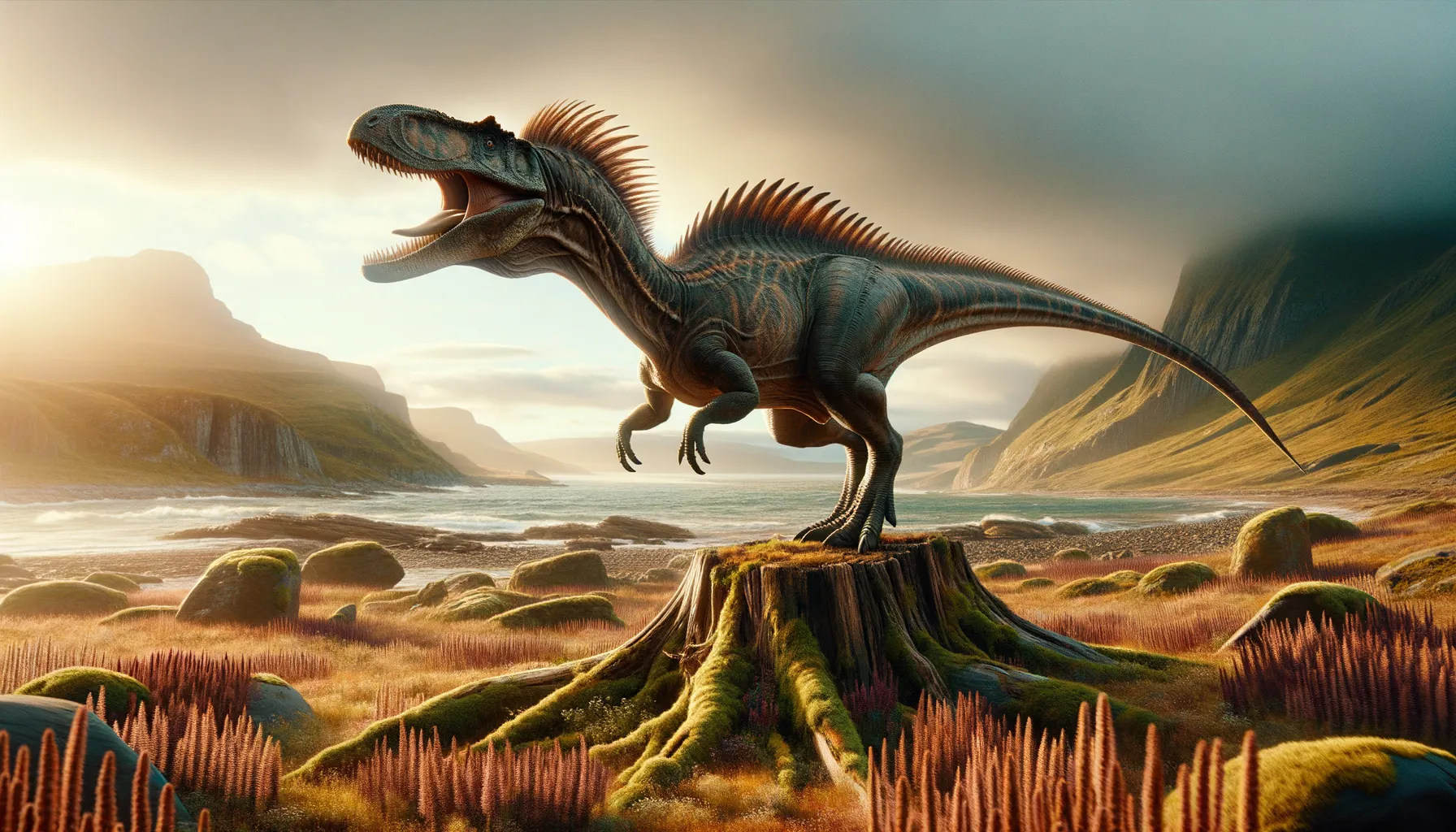
Mantellodon
Discover the mysteries of ancient giants!
Period
Cretaceous
Length
Around 8 meters in length.
Height
About 3 meters tall at the hips.
Weight
Approximately 1,500 kilograms (3,300 pounds).
Mantellodon was a herbivorous dinosaur that roamed the earth during the early Cretaceous period. It is believed to have inhabited what is now Europe, exhibiting a predominantly quadrupedal stance but capable of rearing on its hind legs for feeding. This dinosaur had strong limbs, an elongated body, and was part of the Iguanodontian group. Its discovery has contributed significantly to understanding dinosaur evolution and the diversity of herbivorous species of its time.
Diet
Mantellodon was primarily a herbivore, feeding on a diet consisting of various plant materials. It likely grazed on low-lying vegetation and could reach higher foliage by rearing up on its hind legs. This ability allowed it to access different food sources within its environment.
Hunting
As a herbivore, Mantellodon did not engage in hunting behavior. Instead, it focused on foraging for edible plants. Its flat teeth adapted for grinding leaves and branches, allowing efficient consumption of vegetation.
Environmental challenges
Mantellodon faced several environmental challenges including fluctuations in climate and food availability. Its habitat may have had seasonal changes, impacting the growth and types of vegetation. Competition with other herbivorous dinosaurs likely influenced its feeding patterns. Adaptations such as its ability to rear up could have provided advantages in such circumstances.
Speed
Moderate-paced, capable of brisk movements.
Lifespan
Estimated lifespan of 20 to 30 years.
First discovery
First remains discovered in Sussex, England.
Fun Facts
- Mantellodon was named after Gideon Mantell, a famous paleontologist who helped uncover many dinosaur fossils.
- This dinosaur lived during the Early Cretaceous period, around 125 to 122 million years ago.
- Mantellodon was a herbivore, which means it primarily ate plants.
- It is believed to have been around 25 feet long, making it about the length of a small bus.
- Fossils of Mantellodon have been found in England, giving insight into the prehistoric life of that region.
- Despite its size, Mantellodon was a relatively gentle dinosaur, using its beak to strip leaves from trees.
- The Mantellodon is closely related to other dinosaurs like Iguanodon, sharing similar body structures.
Growth and Development
Mantellodon's growth involved transitioning from a juvenile, likely more bipedal in movement, to a fully-grown adult capable of quadrupedal locomotion. The development of strong limbs supported its body weight as it matured. Understanding its growth patterns provides insight into the evolutionary mechanics of large herbivorous dinosaurs.
Habitat
Mantellodon inhabited lush, forested areas with ample vegetation. These environments supported its herbivorous diet and provided necessary foliage. Existence during the Cretaceous period indicates it coexisted with diverse dinosaur species. Seasonal changes in its habitat likely influenced migration and foraging behaviors.
Interaction with other species
Mantellodon may have shared its habitat with a variety of other dinosaur species. Although primarily herbivorous, competition for resources would have been present. It likely coexisted peacefully with other plant-eating dinosaurs while remaining vigilant against predators. Fossil evidence suggests a complex ecosystem with interactions contributing to its survival.
Natural lifespan
Mantellodon had a natural lifespan of approximately 20 to 30 years.
Reproduction
Mantellodon is thought to have reproduced by laying eggs in nests, much like other dinosaurs of its time. Parental care could have been a part of its reproductive strategy, providing protection to eggs and hatchlings. Population growth depended on successful reproduction and survival of offspring from various environmental threats.
Social behaviour
Mantellodon might have exhibited some degree of social behavior, possibly living in groups or herds. This social structure could have offered advantages in foraging and protection from predators. The presence of multiple individuals in proximity could have facilitated breeding and collective care for young dinosaurs.
Fossil locations
Fossils of Mantellodon have been primarily found in Sussex, England, indicating its European habitation. These sites provide crucial clues about its distribution and ecological preferences. Such fossil discoveries contribute extensively to understanding the paleogeography of Cretaceous Europe. Through ongoing excavation, scientists aim to discover more about its lifestyle and evolutionary significance.
